‘Oddness is okay.’ Thomas Heatherwick on the secret to successful urban design
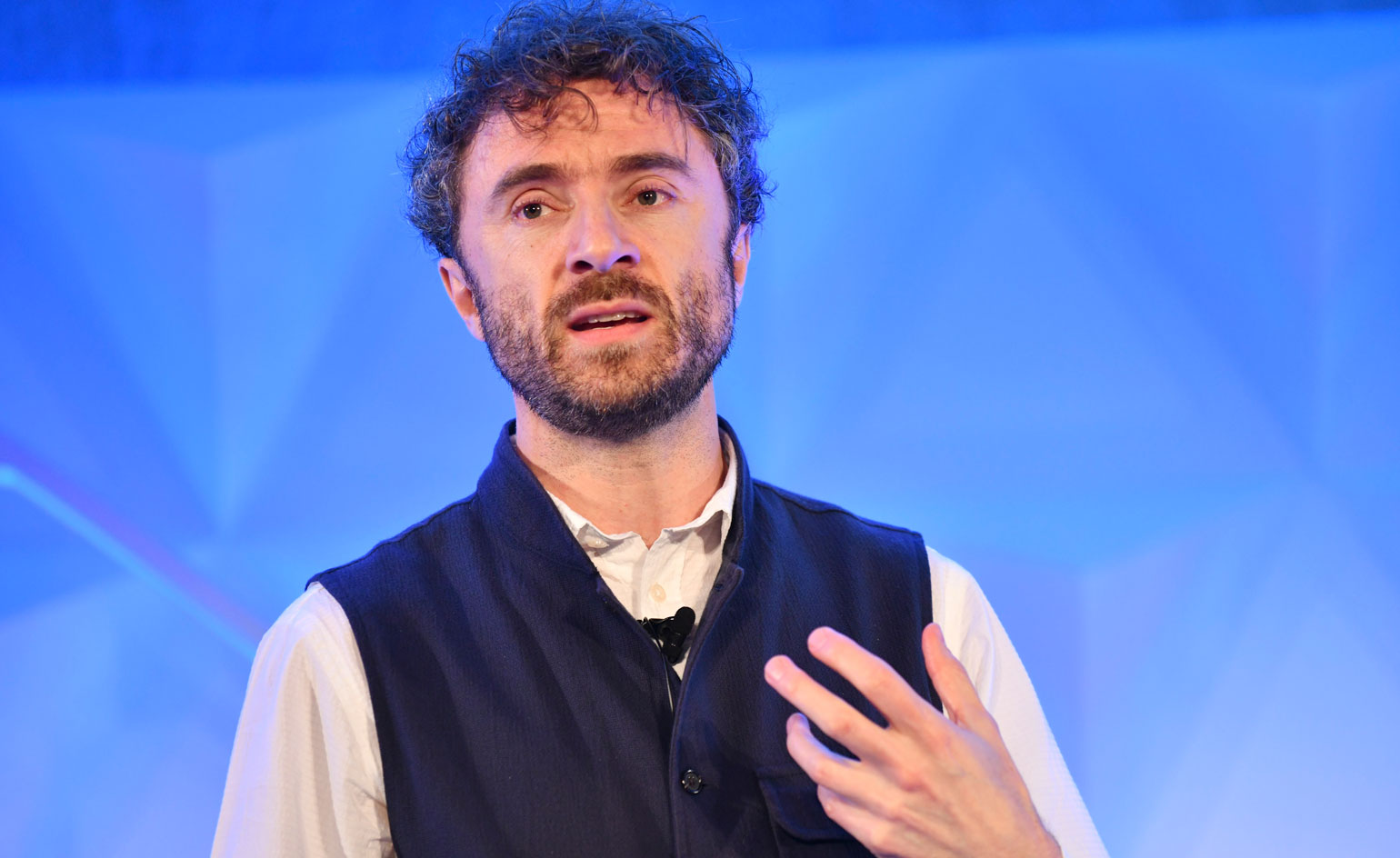
The digital revolution has also driven a revolution in design because it has forced architects to create buildings and spaces with enough appeal to make people shut down their computers, leave their homes and go to them, said Thomas Heatherwick, one of the most celebrated designers of buildings and public spaces.
‘You can stay at home and shop for whatever you want, you can even study for a PhD online. So hard-nosed developers have to make places that mean enough to people that they will leave home and go to them,’ Heatherwick told the Brainstorm Design conference in Singapore on Thursday.
And that means that designers and developers have finally begun to speak the same language, said Heatherwick, the founder of London-based Heatherwick Studio, which has a team of over 180 of what he calls ‘problem solvers’ dedicated to making the physical world better for everyone. Most people refer to them as architects and designers, and with Heatherwick at the helm, they have created some most groundbreaking designs of recent years, including Cape Town’s Zeitz Museum of Contemporary Art Africa and New York City’s Pier 55.
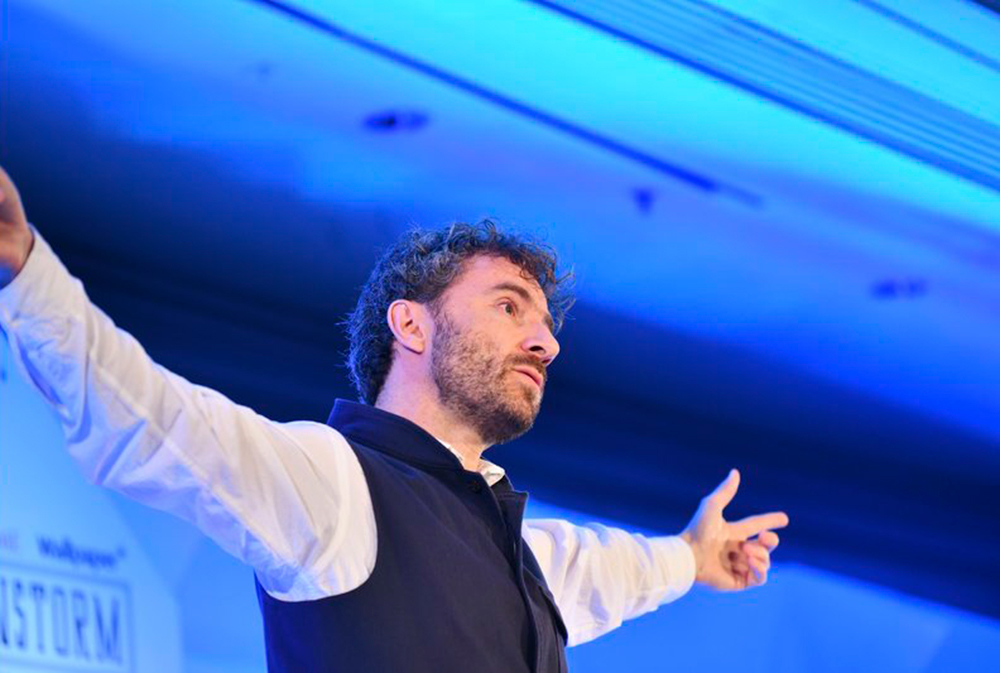
Thomas Heatherwick speaking at the Brainstorm Design conference in Singapore on 8 March 2018. Photography: Stefen Chow/Fortune
‘There was no way these designs would have been accepted during the 1970s and 1980s in Britain,’ Heatherwick said. ‘It seems that we have had it a bit of catastrophe in the last 70 or so years when in terms of making places. There was no “soulfulness” to what was being designed and built,’ he said.
Although Sir Terence Conran has called him ‘the Da Vinci of our time’ and Vanity Fair dubbed him ‘the hottest designer in the world today,’ some regard the spaces he has designed as controversial for the unexpected ways in which they have broken the mould.
But today, Heatherwick said, ‘oddness is okay.’ He describes his designs as ‘art driven by logic.’
Currently designing buildings for Google in London and Mountain View, California, a mixed-use complex in Shanghai, and a commercial space in London’s King’s Cross, Heatherwick said he always looks for where the space will have its heart, and strives to inject soulfulness in every design.
Contrary to what many architects and designers believe, he says city planners today are far more willing to take creative risks. ‘City planners are more ambitious than people think. They are frustrated with what they are being shown,’ he says. The best urban designs, he says, often come from deep conversations with commissioners and planners.
And what those commissioners and planners want are places that will have enough meaning to draw people out of their homes through their unique appeal. ‘We all hanker after places’ that have heart and soul Heatherwick said. When he finds that during the creative process, ‘the design sells itself.’
The Brainstorm Design conference is jointly organised by Fortune, TIME and Wallpaper*, bringing together more than 300 top speakers and delegates from 33 countries. See more here
INFORMATION
For more information, visit the Brainstorm design website
Wallpaper* Newsletter
Receive our daily digest of inspiration, escapism and design stories from around the world direct to your inbox.
-
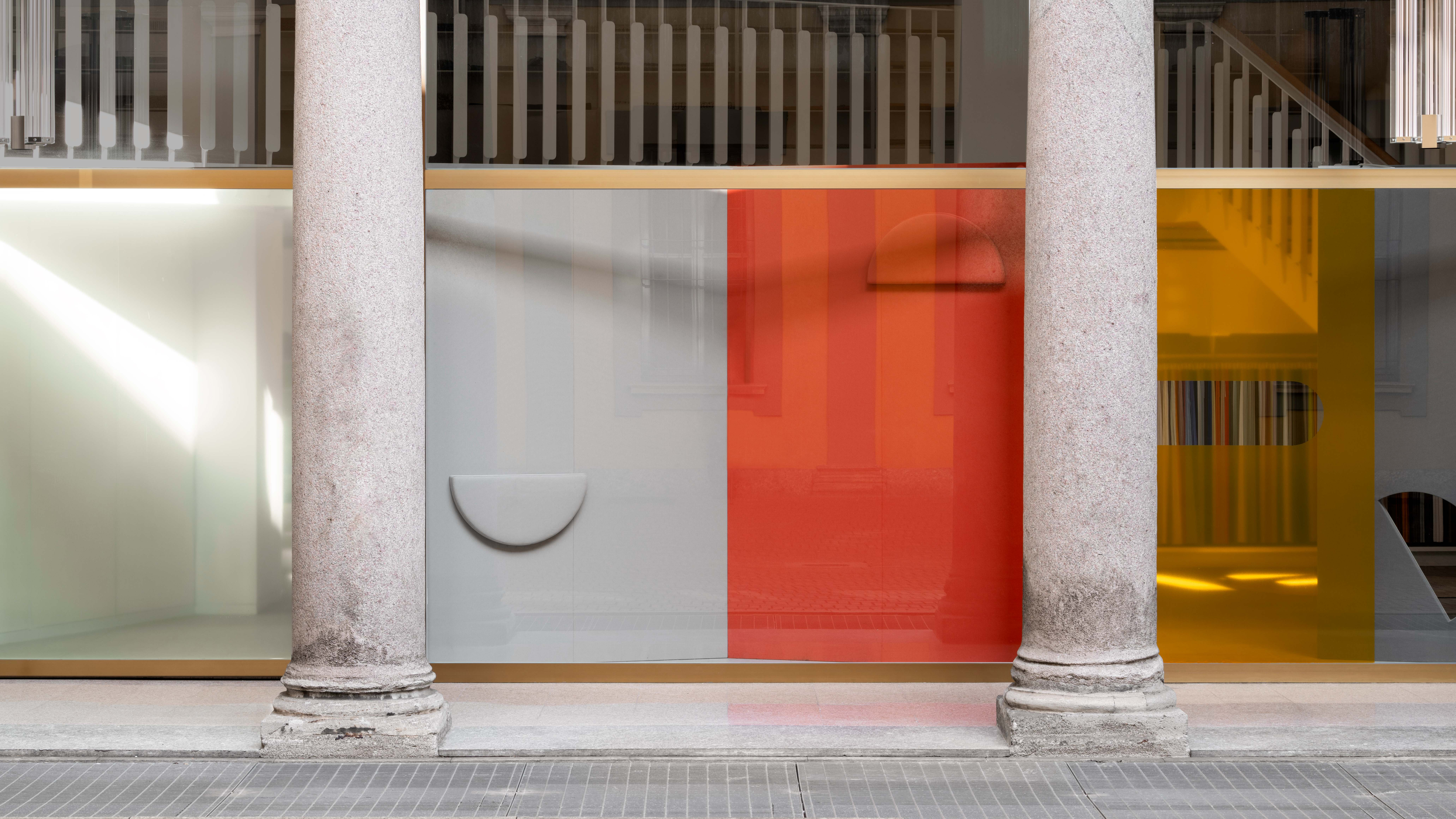 Kapwani Kiwanga transforms Kvadrat’s Milan showroom with a prismatic textile made from ocean waste
Kapwani Kiwanga transforms Kvadrat’s Milan showroom with a prismatic textile made from ocean wasteThe Canada-born artist draws on iridescence in nature to create a dual-toned textile made from ocean-bound plastic
By Ali Morris
-
 This new Vondom outdoor furniture is a breath of fresh air
This new Vondom outdoor furniture is a breath of fresh airDesigned by architect Jean-Marie Massaud, the ‘Pasadena’ collection takes elegance and comfort outdoors
By Simon Mills
-
 Eight designers to know from Rossana Orlandi Gallery’s Milan Design Week 2025 exhibition
Eight designers to know from Rossana Orlandi Gallery’s Milan Design Week 2025 exhibitionWallpaper’s highlights from the mega-exhibition at Rossana Orlandi Gallery include some of the most compelling names in design today
By Anna Solomon
-
 Wedgwood’s AI tool lets the public reimagine Jasperware for its 250th anniversary
Wedgwood’s AI tool lets the public reimagine Jasperware for its 250th anniversaryTo celebrate 250 years of Jasperware, Wedgwood debuts an AI tool that opens up the design process to the public for the first time
By Ali Morris
-
 Reimagining remembrance: Urn Studios introduces artistic urns to the UK
Reimagining remembrance: Urn Studios introduces artistic urns to the UKBridging the gap between art and memory, Urn Studios offers contemporary, handcrafted funeral urns designed to be proudly displayed
By Ali Morris
-
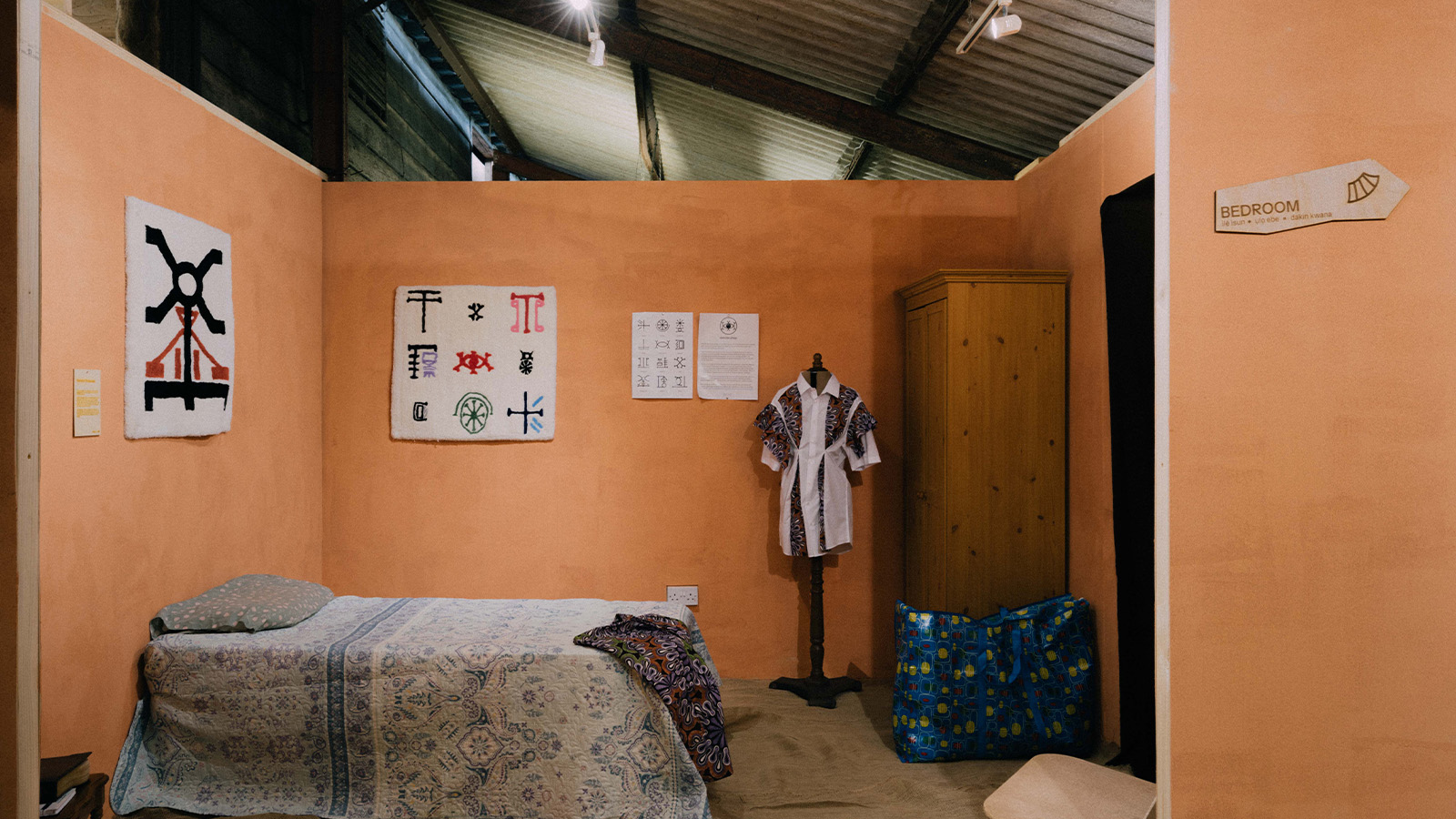 'What Makes a Space Nigerian?' is an exhibition celebrating the key elements of West African Homes
'What Makes a Space Nigerian?' is an exhibition celebrating the key elements of West African Homes‘Our aim was to create a space that Nigerians could connect with', says Moyo Adebayo's on his latest exhibition 'What Makes a Space Nigerian?' which explores what defines a Nigerian home
By Shawn Adams
-
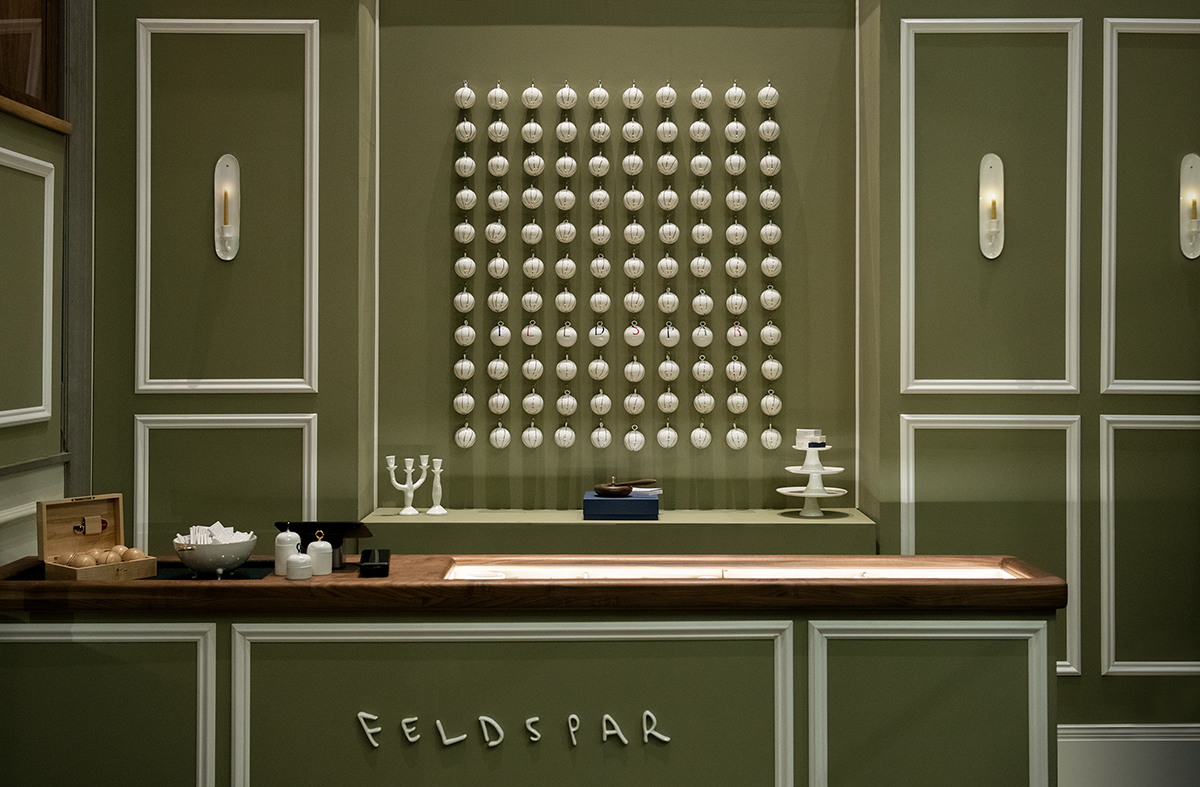 Feldspar makes its mark on Whitehall with a festive pop-up at Corinthia Hotel
Feldspar makes its mark on Whitehall with a festive pop-up at Corinthia HotelDevon-based bone china brand Feldspar makes its first foray into shopkeeping with a pop-up at London’s Corinthia Hotel. Ali Morris speaks with the founders and peeks inside
By Ali Morris
-
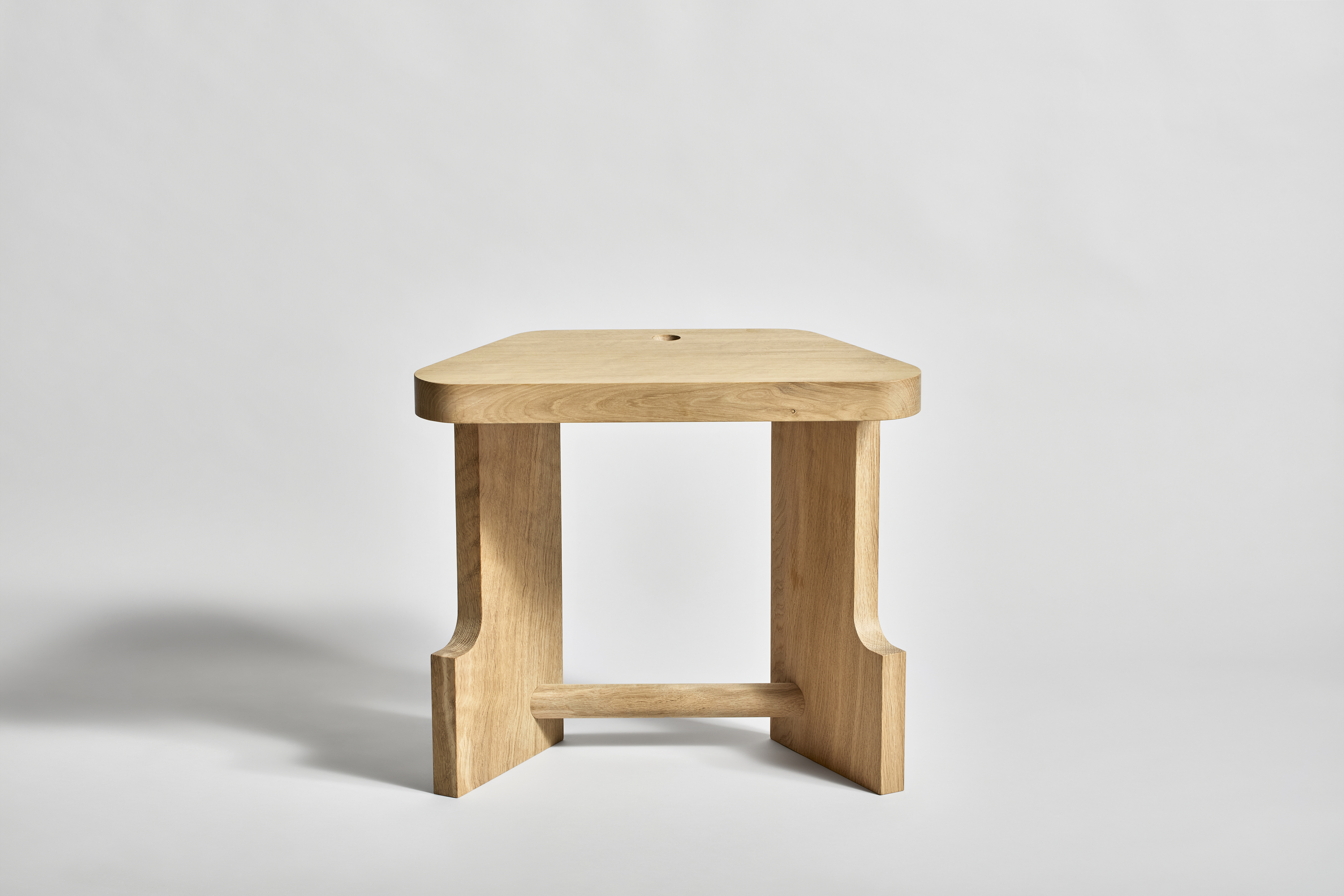 One to Watch: EJM Studio’s stool is inspired by the humble church pew
One to Watch: EJM Studio’s stool is inspired by the humble church pewEJM Studio’s ‘Pew’ stool reimagines the traditional British church seating with a modern, eco-conscious twist
By Smilian Cibic
-
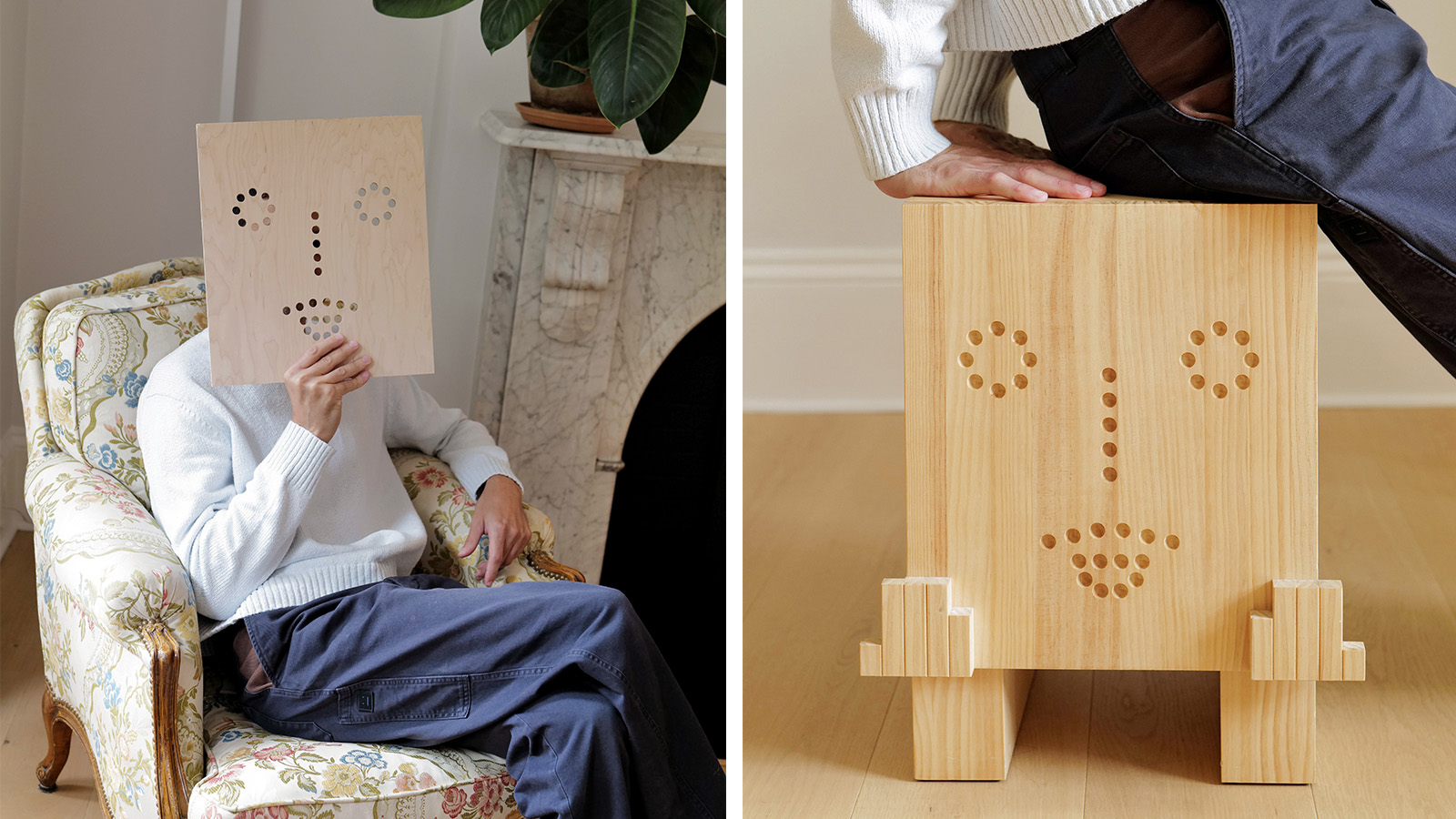 One to Watch: Family Project’s ‘furniture friends’ are elegant and humorous with lasting emotional value
One to Watch: Family Project’s ‘furniture friends’ are elegant and humorous with lasting emotional valueFamily Project, founded by Francesco Paini, is a London-based design practice drawn to human connection, creating portraiture through furniture and injecting artful expressions into interior spaces
By Tianna Williams
-
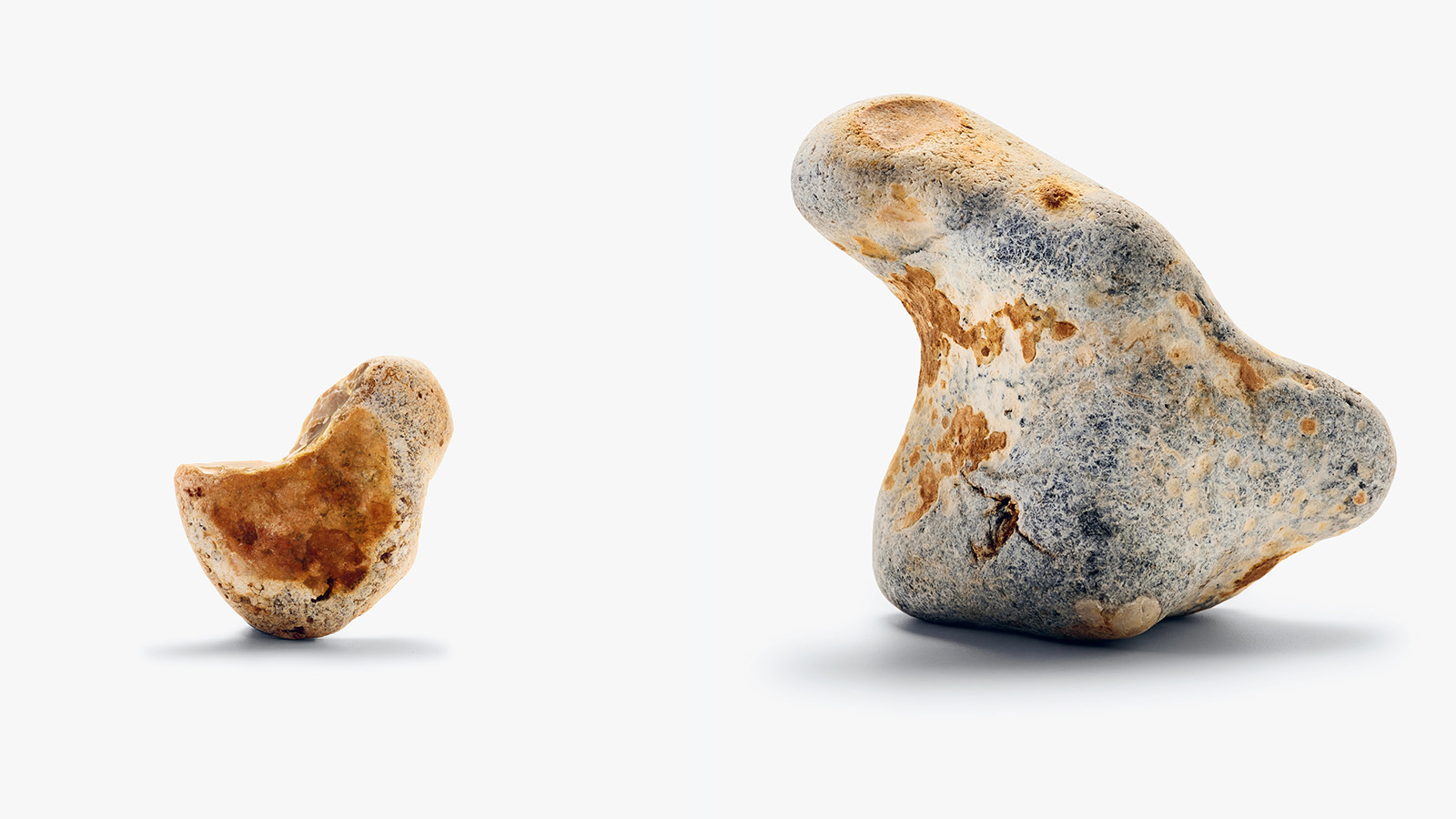 ‘There are hidden things out there, we just need to look’: Studiomama's stone animals have quirky charm
‘There are hidden things out there, we just need to look’: Studiomama's stone animals have quirky charmStudiomama founder's Nina Tolstrup and Jack Mama sieve the sands of Kent hunting down playful animal shaped stones for their latest collection
By Ali Morris
-
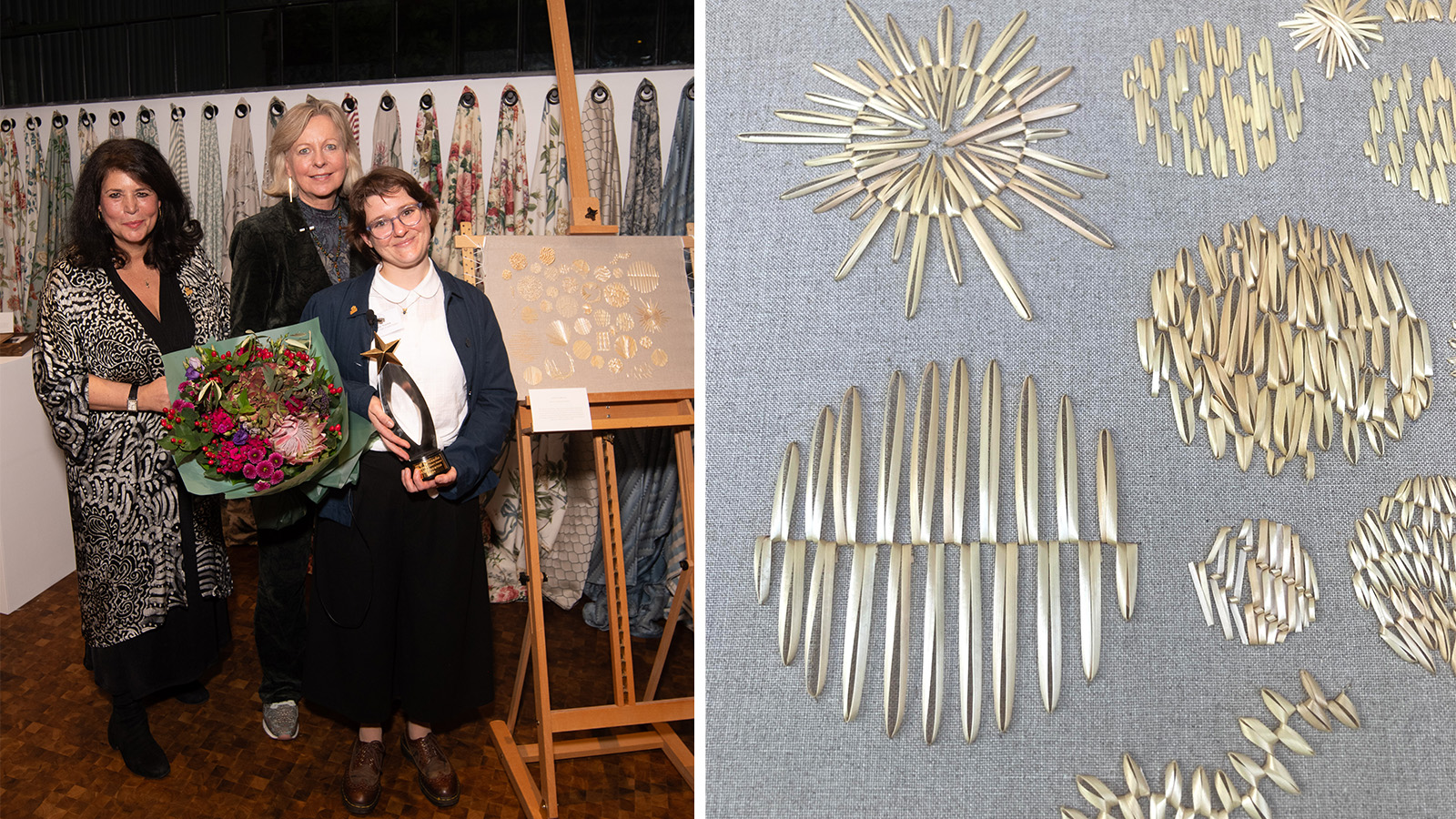 ‘Natural gold’ straw weaving by Hanny Newton wins the inaugural QEST Sanderson rising star award
‘Natural gold’ straw weaving by Hanny Newton wins the inaugural QEST Sanderson rising star award'I have been passionate and driven to champion straw embroidery as an exquisite, sustainable “natural gold”’: rising star Hanny Newton on winning the inaugural award
By Hugo Macdonald